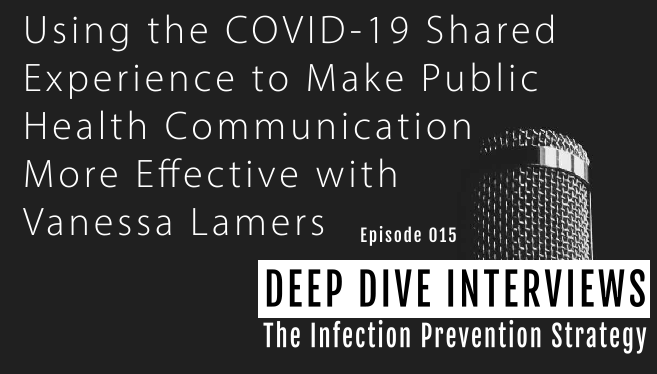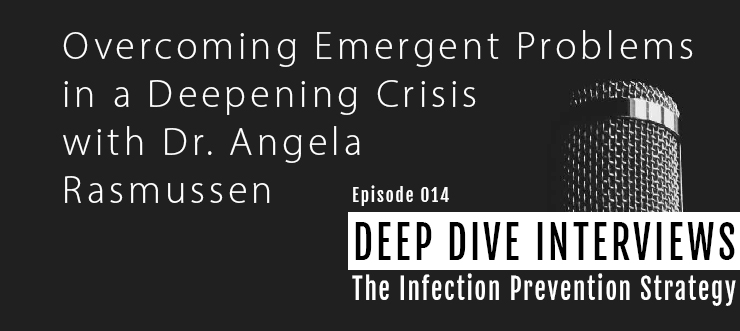Using the COVID-19 Shared Experience to Make Public Health Communication More Effective with Vanessa Lamers
For effective communication, the very first thing we need to do is create a connection with our audience. For that, metaphors and shared experience are two of our most effective tools. These, however, are hard to come by and typically must be created anew for every audience. It’s rare that we have a shared experience that touches everyone in a direct and visceral way. A shared experience that due to its sheer scope and severity, forces politicians, business leaders, and other key decision-makers through a crash course on public health concepts like contract tracing, mass testing, vaccine development and deployment, health access and disparities, public health data infrastructure, non-pharmaceutical interventions, and many more. For public health and emergency preparedness communicators, prior to 2020 at least, this would have been a pipe dream. Yet here we are.









